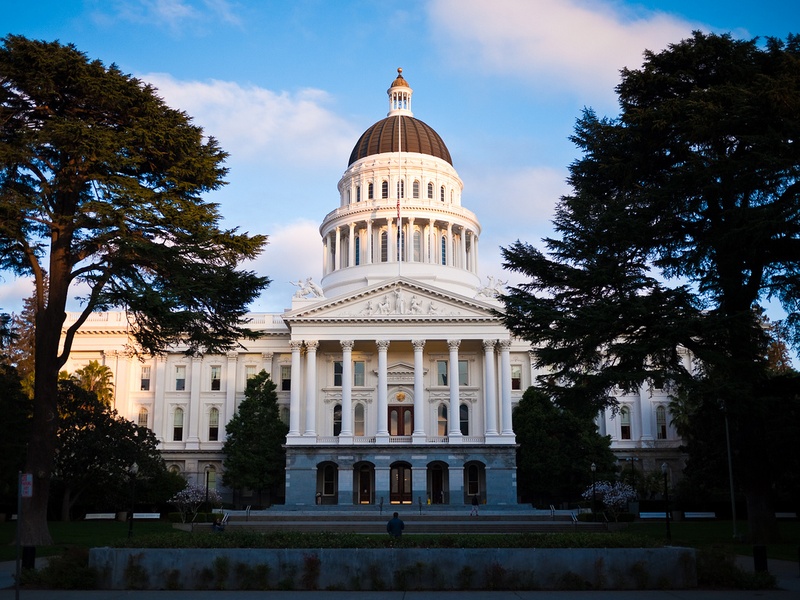Warm California sun

California has brought us a series of great pieces of transparency news over the past month. We witnessed the launching of OpenJustice, a new open data portal for accessing information about the state’s criminal justice system. The California Secretary of State’s office greatly improved the search features of the state’s campaign finance portal, Cal-Access, by adding the intuitive, multi-field “Power Search” feature developed by MapLight. Both of these developments represent major wins for people who seek easier access to California data. OpenJustice positions California as a national leader in the provision of open state-level criminal justice data, and Power Search is a major step forward for a campaign finance portal that had only recently been so unusable that advocates used to call it “Cal-Lack-of-Access.”
However, the implementation of the campaign finance reforms enacted through the passage of 2014’s SB 27 have really helped us feel the sunlight. This month, California’s Fair Political Practices Commission (FPPC) implemented provisions of SB 27 by closing a critical disclosure loophole, clarifying that any nonprofit contributing to a campaign in California must reveal the identity of their donors, even if it contributes indirectly through a committee based in another state. The FPPC also ruled that if one of the top 10 donors to a California ballot measure campaign does not provide easily accessed information about the source of its money, it must also proactively reveal its two top contributors.
As we slog through the morass of undisclosed donations that have increasingly come to represent a major part of American campaign finance, the U.S. states increasingly feel like a critical venue for campaign finance reform — and here, California provides some especially important and actionable insights for campaign finance reform advocates. California’s 2014 fix to its Political Reform Act of 1974 charges the state’s FPPC with addressing dark money by requiring all organizations which spend more than $50,000 in a California state election (or more than $100,000 over four years) to reveal their donors, regardless of what kind of organization it is or where it is based. The state does this by considering politically active organizations, regardless of their form, to be “multipurpose organizations” — in other words, to emphasize that while these organizations might do many things besides campaign spending, part of their purpose also lies in collecting money to spend on campaigns.
With this month’s regulation, the FPPC closes the circle spurred by California’s experience of dark money in the 2012 state elections. A last-minute rush of $15 million of undisclosed money spent on two 2012 state ballot measures spurred the state to fix the problem of unlimited anonymous campaign spending through nonprofits. The dramatic story of how the Koch brothers used obscure Arizona nonprofits to funnel an untraceable $5 million in contributions to two ballot campaigns made for compelling, if disturbing, journalism. The case also led to the state levying an unprecedented $1 million fine against two involved Arizona nonprofits. Most importantly, however, the rush of out-of-state, untraceable spending created additional support for a state-level effort to solve California’s dark money problem.
This problem, of course, is not only California’s. The federal government’s failure to appropriately regulate politically active nonprofits has meant that the source of nonprofit political donations is nearly impossible to track in U.S. elections at every level of government. There are many active efforts underway to reform this problem, but the lack of strong federal disclosure requirements for donors to politically active nonprofits has essentially legalized unlimited anonymous donations, so long as they pass through a nonprofit shell.
With the implementation of SB 27 by the FPPC, California has moved to erase the fiction that an organization’s legal form should determine whether or not we get to know who’s spending money on our elections.
Here’s hoping that other states can similarly use their power to control spending on state elections and follow California into the sunshine!

